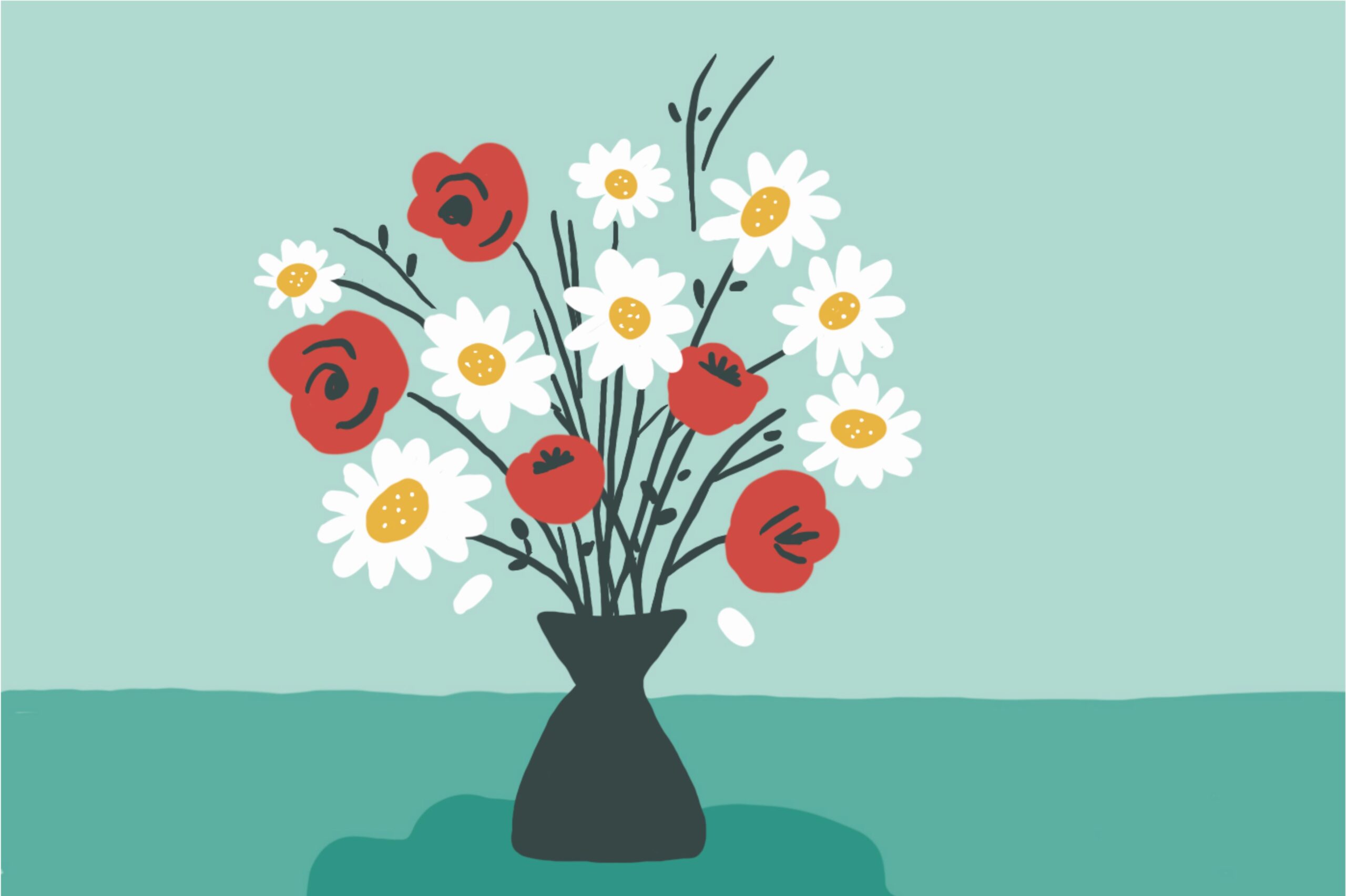Digital gardens are a pretty cool twist on how we share knowledge online. Unlike regular blogs that list posts by date, digital gardens are more like growing a web of connected ideas and thoughts. You can publish rough, unfinished ideas and keep building on them over time – no pressure to make everything perfect from the start!
What Makes Digital Gardens Special?
They work totally differently from the usual “write it, publish it, done” approach of traditional blogging. Garden creators gradually nurture their content, adding little pieces and connections as they go. Everything gets linked together, creating this knowledge web that visitors can explore however they want – no need to read things in order.
The AI Scraping Problem
Here’s where things get tricky. AI tools are increasingly scraping content from websites to train their models, and this is becoming a real headache for digital garden creators. The whole point is to share knowledge publicly, but AI might be sucking up all that content without sending any visitors back to the original garden.
Regular search engines at least link back to your site, but AI tools often just give direct answers without crediting where the info came from. That’s pretty frustrating for creators who put time and effort into building these knowledge spaces.
Why Everyone’s Worried
Individual creators don’t have the same bargaining power as big media companies when it comes to negotiating with AI firms. This could create a situation where people feel less motivated to maintain public digital gardens if their work gets repurposed without any recognition or traffic benefits.
We might end up with a more fragmented internet where creators retreat to private, paid, or gated platforms that are harder for AI to access. That goes against the whole spirit of open knowledge sharing that makes the internet great.
What Can Be Done?
There are some technical solutions like using robots.txt files to control AI access, or adding “NoAI” tags to your content. But here’s the thing – most digital gardens are built by individuals with custom, sometimes fragile code, making it tough to implement solid protection measures.
Moving forward, digital gardens might need to focus more on creating uniquely human experiences and community-driven content that AI tools can’t easily replicate or replace.










